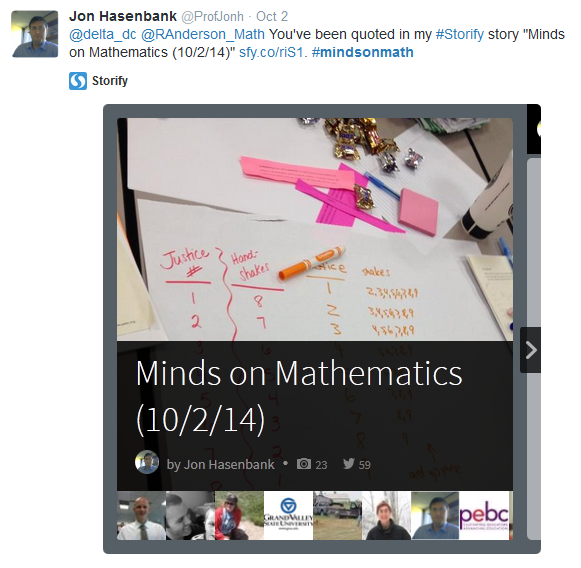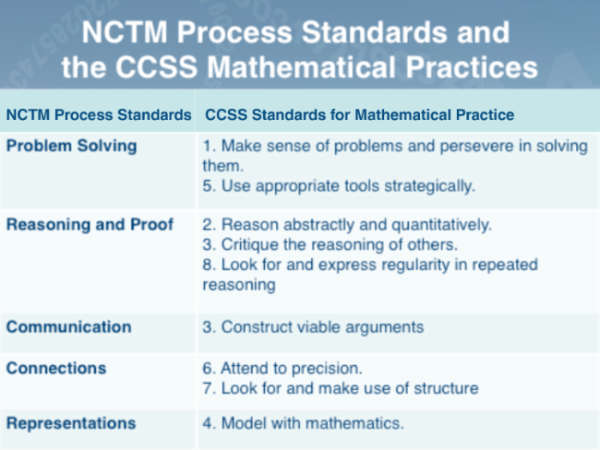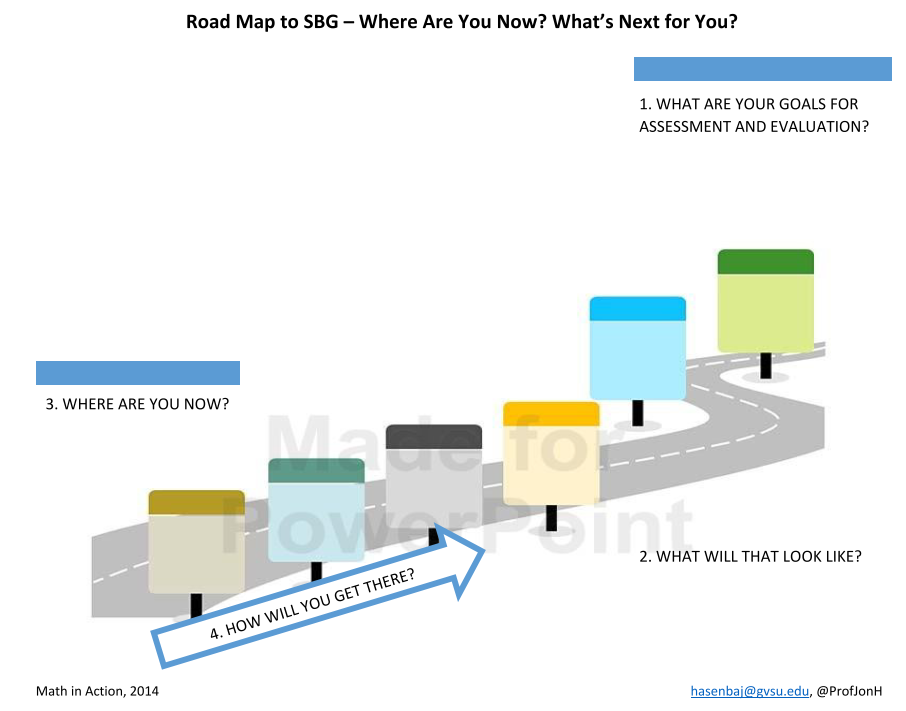I try to give my students plenty of opportunity to reflect on their growth as we approach the end of the semester. With that goal in mind, I had my students tell me what they remembered about their experiences with mathematics while they were in elementary school. You can read their responses by clicking the image.
 Fast forward to the end of the semester. In our last week, I printed out those responses, cut them into slips of paper, and gave one slip to each student at random. They read their quote and talked about it at their table. Then they got up and found a partner ("find someone who has similar shoes") and read each other their quotes while discussing how they wanted their future students to say about their elementary math experiences.
Fast forward to the end of the semester. In our last week, I printed out those responses, cut them into slips of paper, and gave one slip to each student at random. They read their quote and talked about it at their table. Then they got up and found a partner ("find someone who has similar shoes") and read each other their quotes while discussing how they wanted their future students to say about their elementary math experiences.







.PNG)
.PNG)



.PNG)



.PNG)









.PNG)






